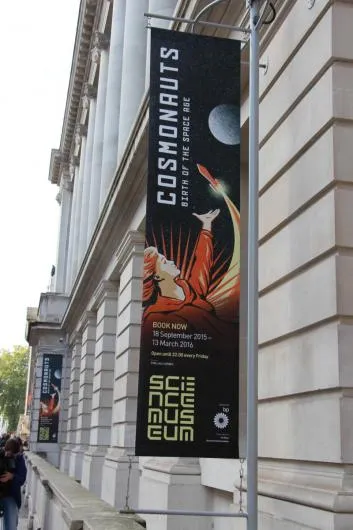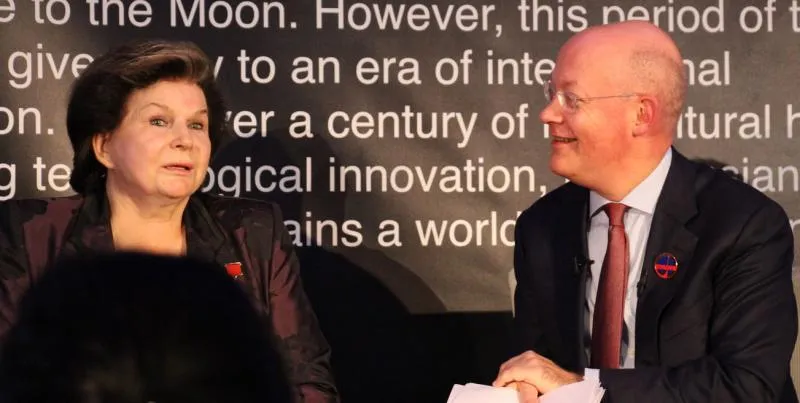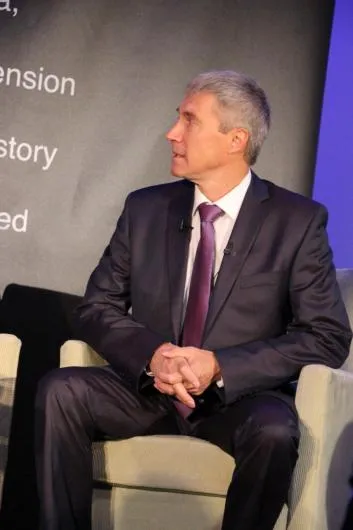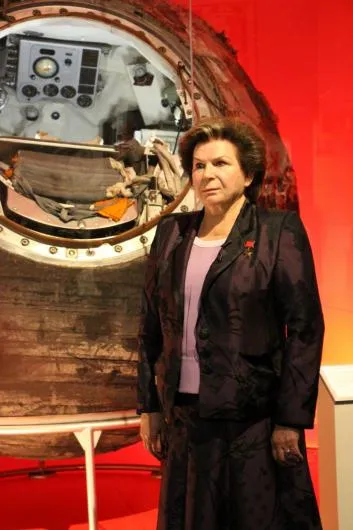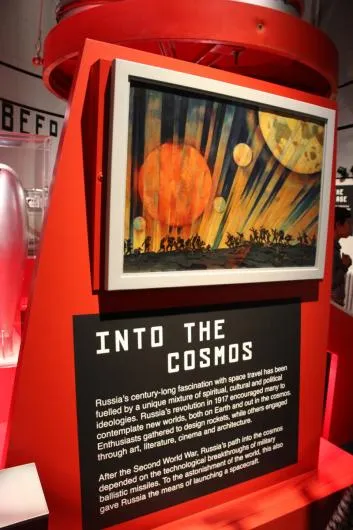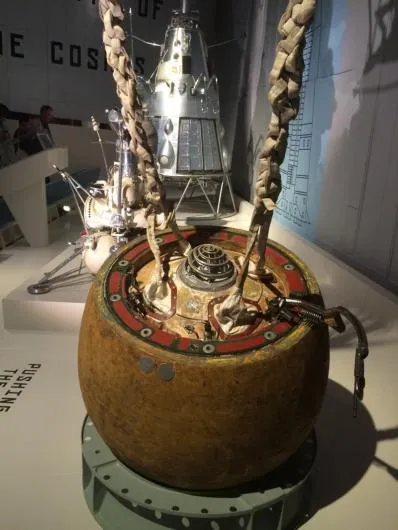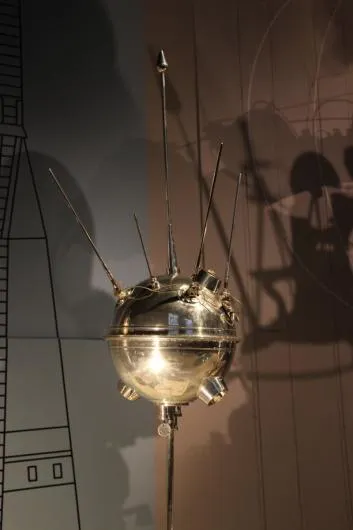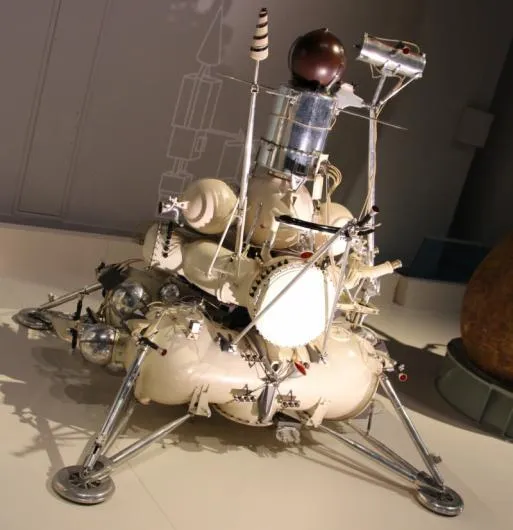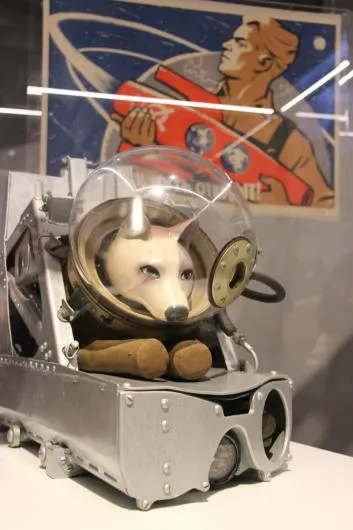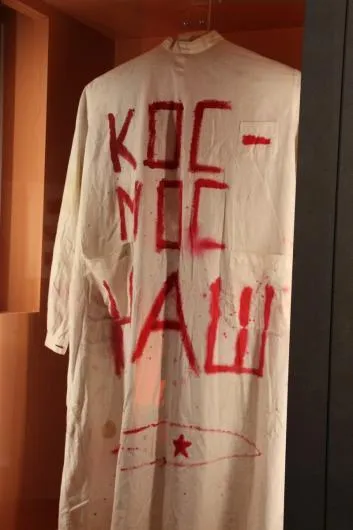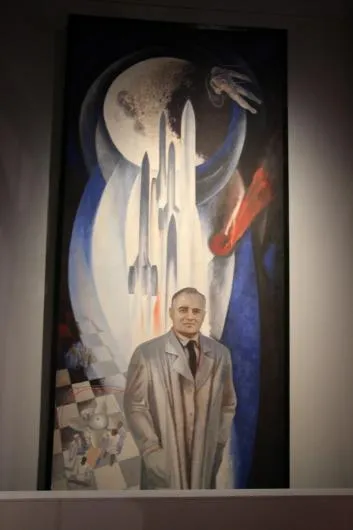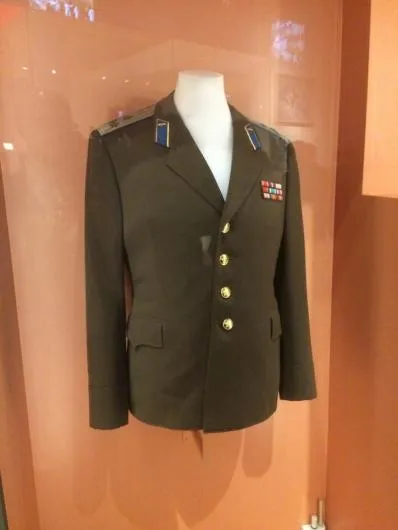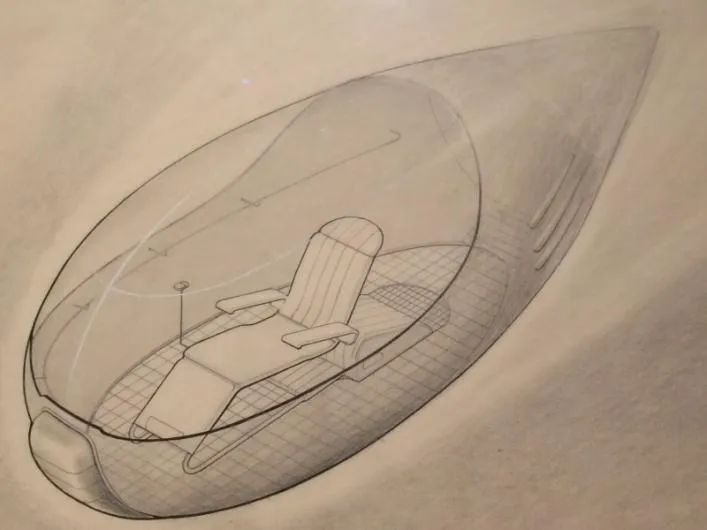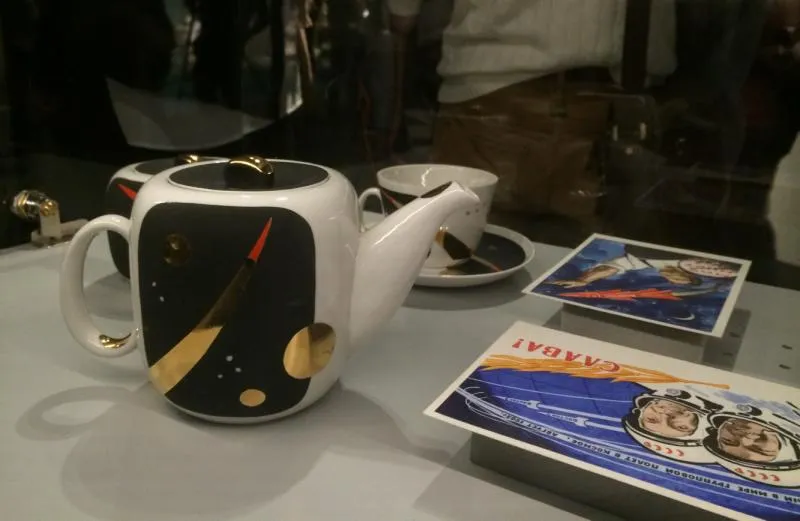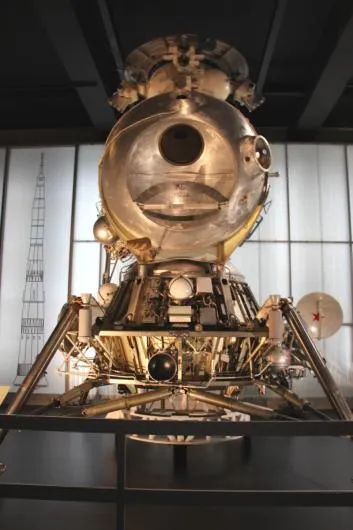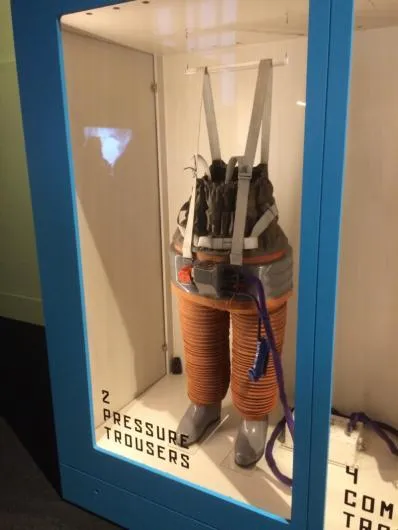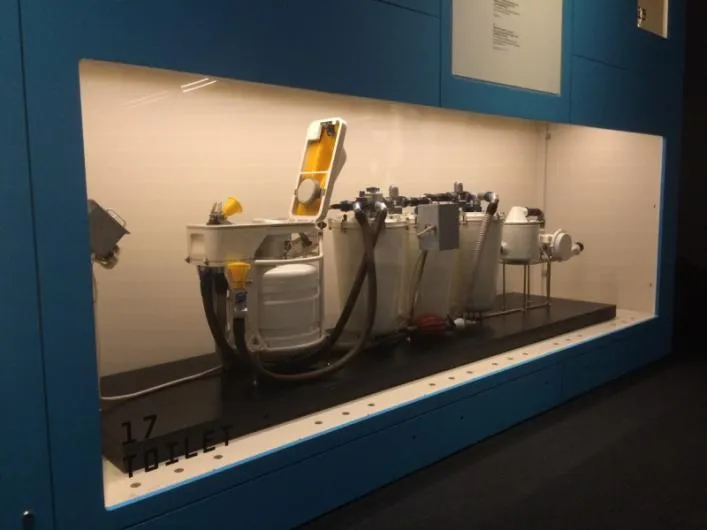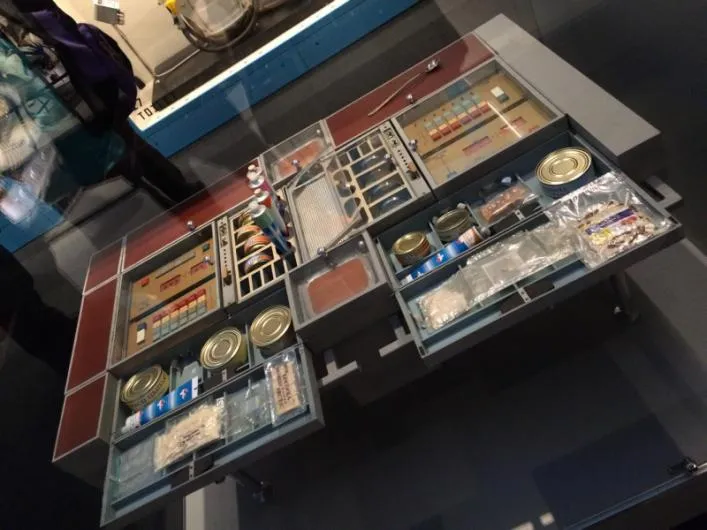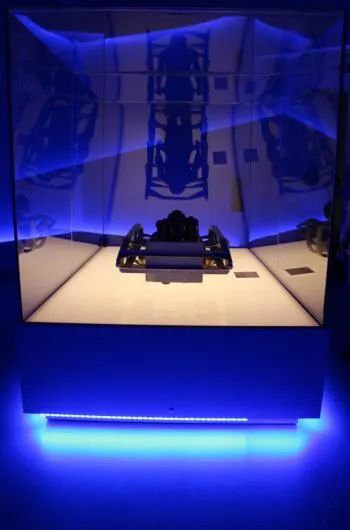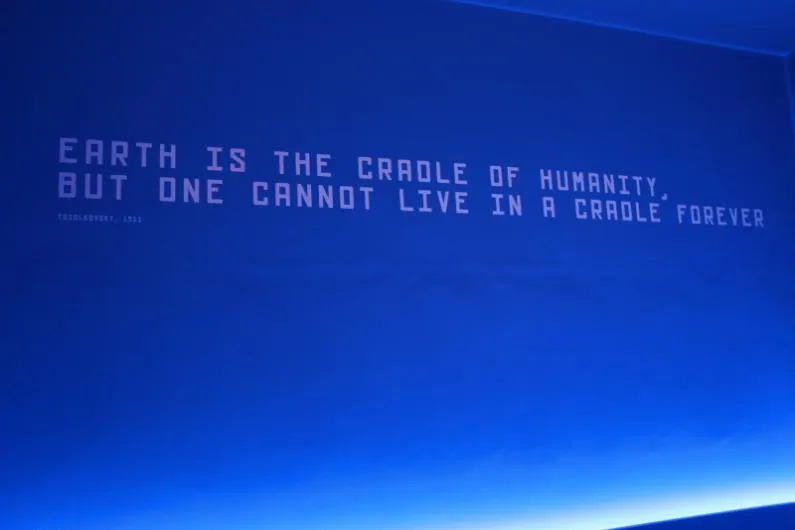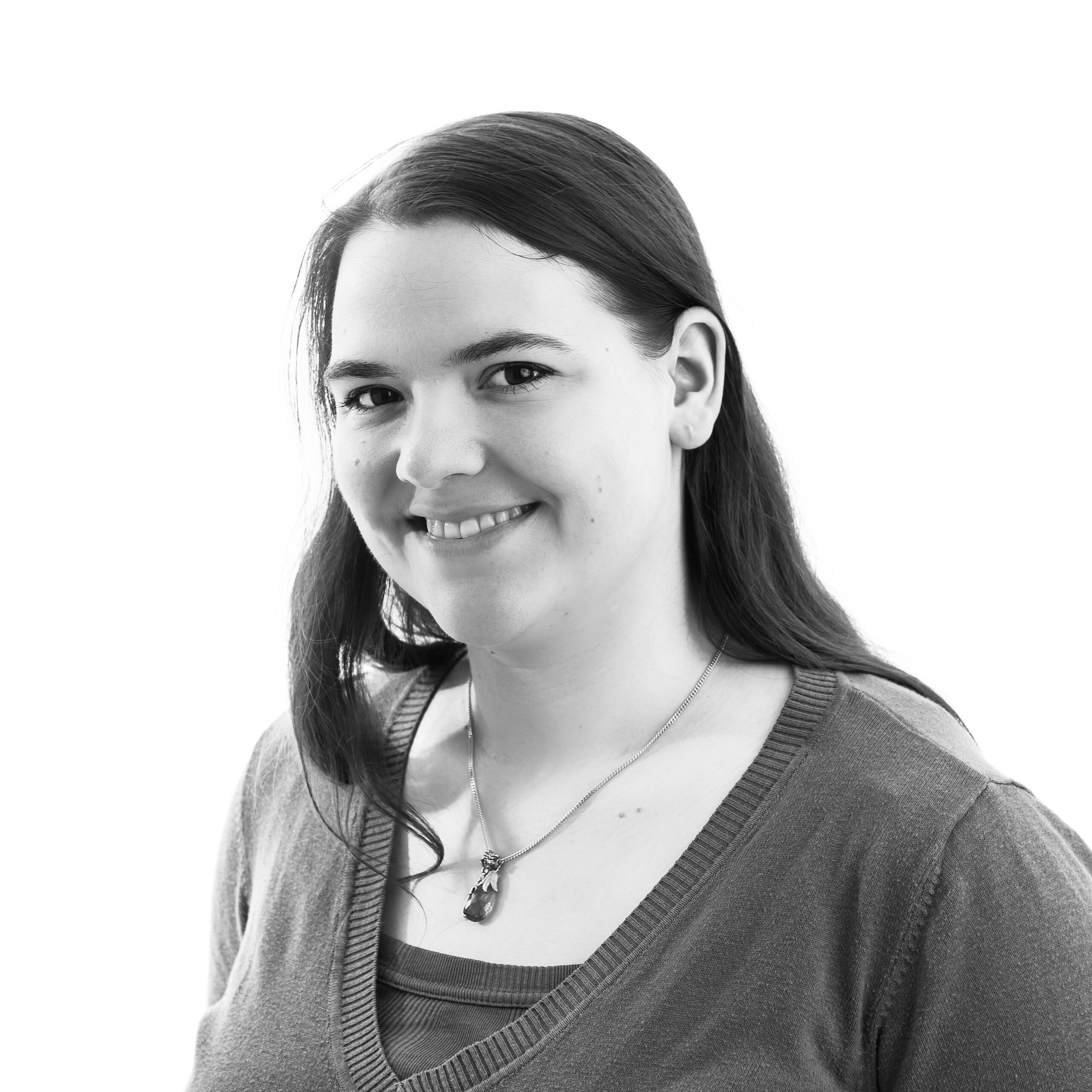Many of these exhibits have never left Russia before...
The Science Museum London has put together a new exhibition chronicling the early days of the Russian space age.
Cosmonauts: Birth of the Space Age tells the story of the hugely successful Russian space programme.
The Russian side of the space race is little known in the West, and many of the items on display have never been outside of Russia.
Several have not even been available for public viewing in their home country until now.
On 17 September we were invited to a special event, with special guests Valentina Tereshkova and Sergei Krikalev.
Tereshkova was the first woman ever to fly in space and told the story of her space flight.
While in orbit she realised that her space craft was orientated wrong and had to convince her superiors of this or risk being fired into deep space.
She also told of the less serious crises of bad space cuisine and a forgotten toothbrush.
Until very recently, Krikalev held the record for the most number of days spent in space having spent 800 days on the space station Mir and other missions.
However his stint was not expected to be this long, however.
During his time on Mir the Soviet Union collapsed and with no money to send a ship to get him, his stay doubled in length to ten months.
The Cosmonauts: Birth of the Space Age exhibition will run from 18 September 2015 to 13 March 2016.
